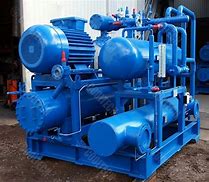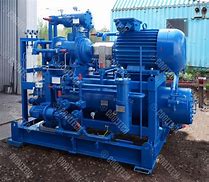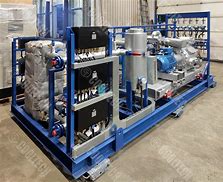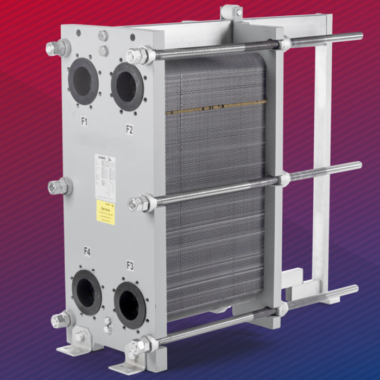Manufacturer Freon Chillers
Manufacturer Freon Chiller
Freon™ 123 refrigerant is an R-11 retrofit used in low-pressure centrifugal chillers. Retrofitted centrifugal chillers often require system modifications to increase capacity or to avoid material incompatibility. Long-Term Use Considerations Regulations on the long-term use of refrigerants vary by region and application, and may change over time.
We Production the Freon Chillers Refrigeration systems is a general term for a device that controls the temperature by circulating a Freon Gas to circulate in the refrigeration cycle to cools the liquid or Air. Freon™ 134a refrigerant is a retrofit for R-12 for use in chiller systems, and can be also be used in new equipment. Freon™ 134a has similar thermodynamic properties to R-12, but with insignificant ozone depletion potential and a somewhat lower global warming potential (GWP). Freon™ 123 refrigerant is an R-11 retrofit used in low-pressure.

Chillers are available with varied range of Refrigerants like Freon R 22, R 404a, R 407c, R 507, R 134a etc. Chillers are provided with wide operating range, Low Noise, Low Vibration, Low Failure rate, and in compact design and maximum accessibility and total connectivity. Components Of An Industrial Chiller.
reon™ MO99™ significantly lowers discharge temperatures, which may extend compressor life. It facilitates easy retrofitting in which the technician simply recovers the R-22, replaces critical seals, charges the Freon™ MO99™ refrigerant, and monitors for leaks. Makes maintenance easy–once the retrofit is complete.

Chillers provide a continuous flow of coolant to the cold side of a process water system at a desired temperature of about 50°F (10°C). The coolant is then pumped through the process, extracting heat out of one area of a facility (e.g., machinery, process equipment, etc.) as it flows back to the return side of the process water system. Touching the inhaler and exhaust pipe to sense the heat and cold of the copper pipe. 2. Observe the bubbles in the retinoscope. 3. Measuring high and low-pressure pressure. 4.Measuring the current of the compressor. 5.Calculate the superheat. 6.Calculate the subcooling degree.





